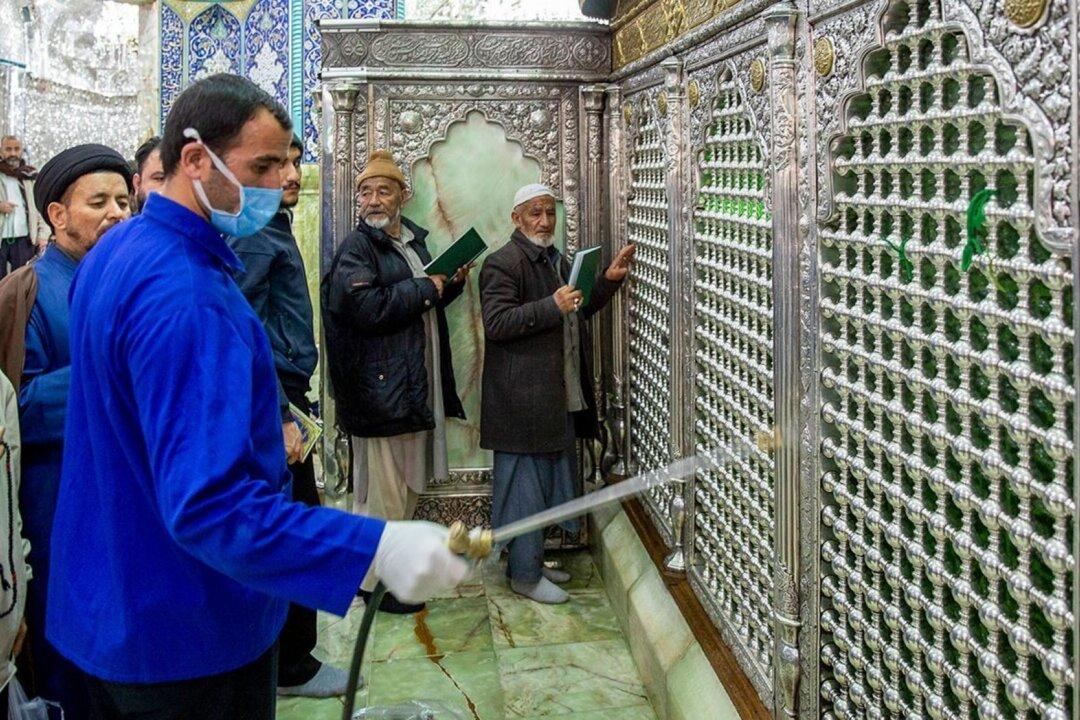The city of Qom in Iran, a significant destination of Shia pilgrimage and the epicenter of the Islamic Revolution in 1979, has become an epicenter of the coronavirus crisis, and experts believe this has political repercussions within Iran and in the entire Middle East.
“In the 1960s, Qom became the center from which Ayatollah Khomeini opposed the Pahlavi dynasty,” Dr. Pierre Pahlavi told The Epoch Times via email. Pahlavi is a professor at the Department of Defense Studies at the Canadian Forces College and a member of the Pahlavi family that ruled Iran before the ayatollah took over.





